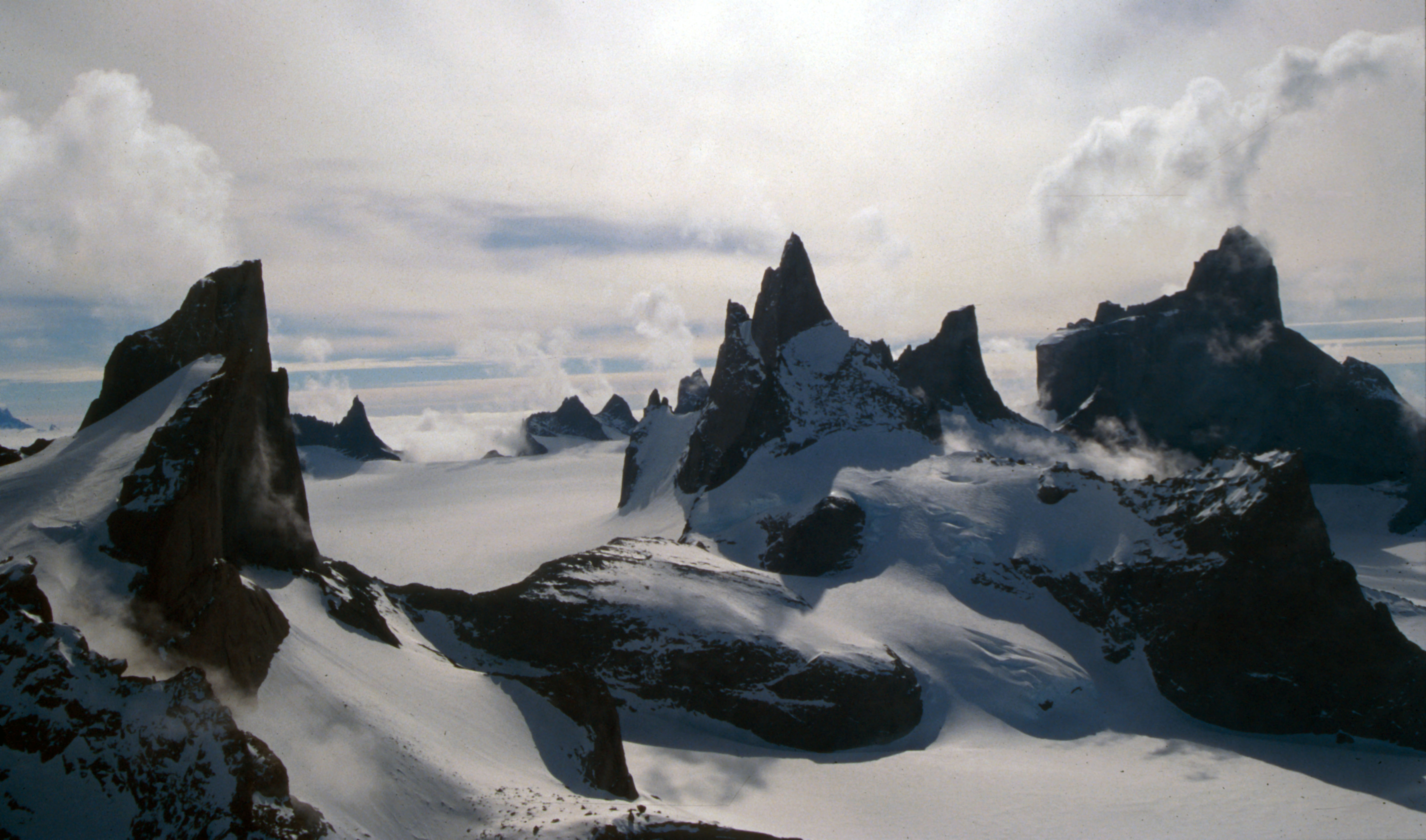|
Medhovden Bluff
Medhovden Bluff () is a high ice-covered bluff with a steep, eastern rock face, forming the northeastern end of Risemedet Mountain in the Gjelsvik Mountains of Queen Maud Land, Antarctica. It was mapped by Norwegian cartographers from surveys and air photos by the Sixth Norwegian Antarctic Expedition The sixth Norwegian Antarctic Expedition (''Den norske antarktisekspedisjonen'') was a scientific expedition to Queen Maud Land in Antarctica. The expedition was based at Norway Station () which was located on the Fimbul Ice Shelf bordering the coa ... (1956–60) and was named "Medhovden" (the landmark bluff). References Cliffs of Queen Maud Land Princess Martha Coast {{PrincessMarthaCoast-geo-stub ... [...More Info...] [...Related Items...] OR: [Wikipedia] [Google] [Baidu] |
Risemedet Mountain
Risemedet Mountain is a large mountain that marks the eastern end of the Gjelsvik Mountains in Queen Maud Land. It was mapped by Norwegian cartographers from surveys and air photos by the Sixth Norwegian Antarctic Expedition (1956–60) and named Risemedet (the giant landmark). The Medmulen Spurs extend from the north side of the mountain. Medhalsen Saddle is an ice saddle just south of Risemedet Mountain. See also * List of mountains of Queen Maud Land This list of mountains of Queen Maud Land contains mountains with a registered elevation of higher than 2000 metres (6561 feet) above sea level. The availability of accurate data for this region is limited, making the list both incomplete and inac ... References External links * Mountains of Queen Maud Land Princess Martha Coast {{PrincessMarthaCoast-geo-stub ... [...More Info...] [...Related Items...] OR: [Wikipedia] [Google] [Baidu] |
Gjelsvik Mountains
The Gjelsvik Mountains are a group of mountains about long, between the Sverdrup Mountains and the Mühlig-Hofmann Mountains in Queen Maud Land, East Antarctica. With its summit at , the massive Risemedet Mountain forms the highest point in these mountains, also marking their eastern end. Discovery and naming The Gjelsvik Mountains were first photographed from the air and roughly plotted by the Third German Antarctic Expedition (1938–39). They were mapped in detail by Norwegian cartographers from surveys and air photos by the Norwegian–British–Swedish Antarctic Expedition (1949–52) and from air photos by the Norwegian expedition (1958–59). They were named for Tore Gjelsvik, Director of the Norwegian Polar Institute. Features * Bakhallet Slope * Brugda Ridge * Bundermann Range * Jutulsessen * Mayr Ridge * Nupskammen Ridge * Terningskarvet Mountain * Von Essen Mountain See also * Gygra Peak * List of mountains of Queen Maud Land This list of mountains ... [...More Info...] [...Related Items...] OR: [Wikipedia] [Google] [Baidu] |
Queen Maud Land
Queen Maud Land ( no, Dronning Maud Land) is a roughly region of Antarctica claimed by Norway as a dependent territory. It borders the claimed British Antarctic Territory 20° west and the Australian Antarctic Territory 45° east. In addition, a small unclaimed area from 1939 was annexed in June 2015. Positioned in East Antarctica, it makes out about one-fifth of the continent, and is named after the Norwegian queen Maud of Wales (1869–1938). In 1930, the Norwegian Hjalmar Riiser-Larsen was the first person known to have set foot in the territory. On 14 January 1939, the territory was claimed by Norway. On 23 June 1961, Queen Maud Land became part of the Antarctic Treaty System, making it a demilitarised zone. It is one of two Antarctic claims made by Norway, the other being Peter I Island. They are administered by the Polar Affairs Department of the Norwegian Ministry of Justice and Public Security in Oslo. Most of the territory is covered by the east Antarctic ic ... [...More Info...] [...Related Items...] OR: [Wikipedia] [Google] [Baidu] |
Sixth Norwegian Antarctic Expedition
The sixth Norwegian Antarctic Expedition (''Den norske antarktisekspedisjonen'') was a scientific expedition to Queen Maud Land in Antarctica. The expedition was based at Norway Station () which was located on the Fimbul Ice Shelf bordering the coast of Queen Maud Land. The expedition carried out survey work and scientific studies over a period of three-four years (1956–1960). The expedition was intended as part of Norway's participation in the International Geophysical Year, 1957-58. The crew set sail from Oslo on board two whaling ships, the ''Polarsirkel'' and ''Polarbjørn'', on 10 November 1956. The expedition was led by Sigurd Gunnarson Helle, a geodesist at Norsk Polarinstitutt. It included a total crew of fourteen researchers which was reduced to nine during the third year. Among their activities were topological mapping of the region. In 1960, King Olav V of Norway instituted the Antarctic Medal The Antarctic Medal is a civil decoration of Norway. Established by ... [...More Info...] [...Related Items...] OR: [Wikipedia] [Google] [Baidu] |
Cliffs Of Queen Maud Land
In geography and geology, a cliff is an area of rock which has a general angle defined by the vertical, or nearly vertical. Cliffs are formed by the processes of weathering and erosion, with the effect of gravity. Cliffs are common on coasts, in mountainous areas, escarpments and along rivers. Cliffs are usually composed of rock that is resistant to weathering and erosion. The sedimentary rocks that are most likely to form cliffs include sandstone, limestone, chalk, and dolomite. Igneous rocks such as granite and basalt also often form cliffs. An escarpment (or scarp) is a type of cliff formed by the movement of a geologic fault, a landslide, or sometimes by rock slides or falling rocks which change the differential erosion of the rock layers. Most cliffs have some form of scree slope at their base. In arid areas or under high cliffs, they are generally exposed jumbles of fallen rock. In areas of higher moisture, a soil slope may obscure the talus. Many cliffs also featur ... [...More Info...] [...Related Items...] OR: [Wikipedia] [Google] [Baidu] |
